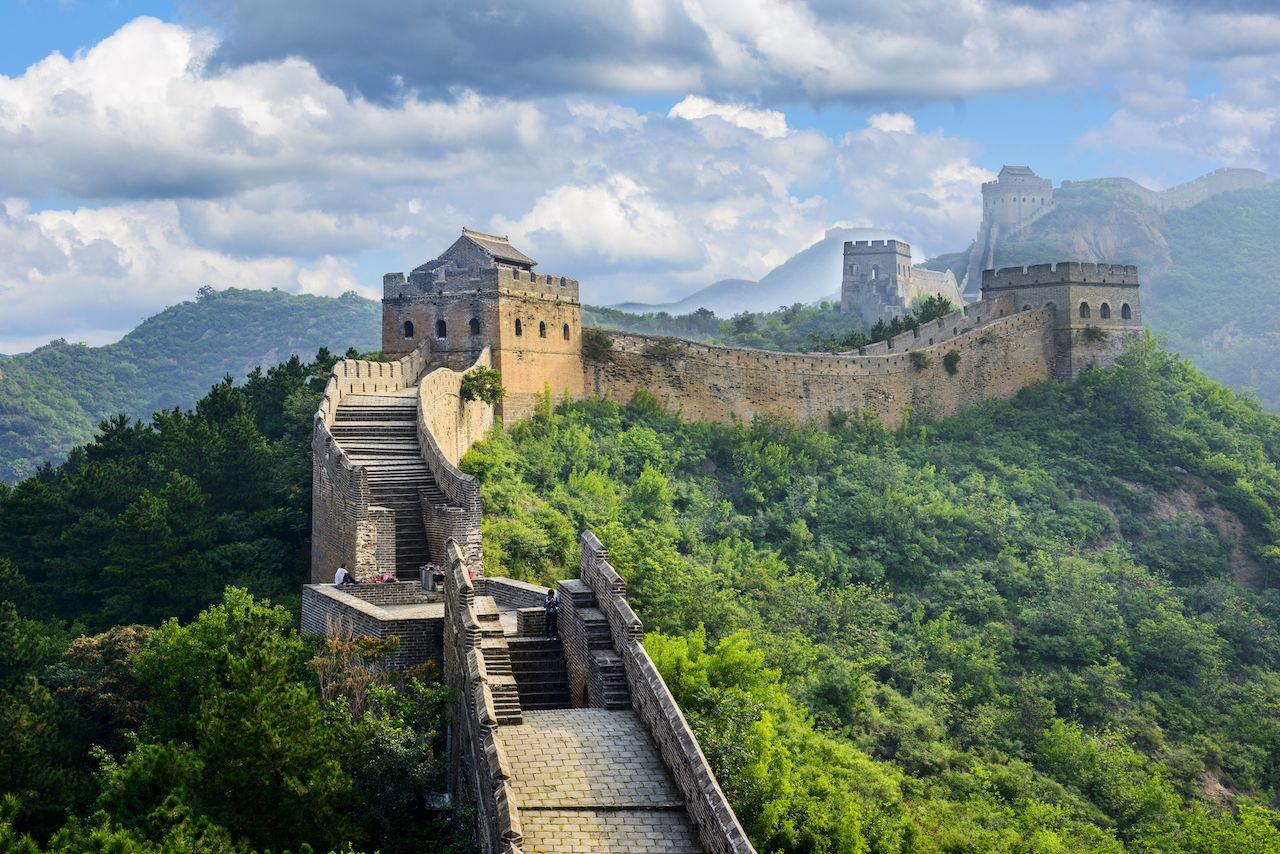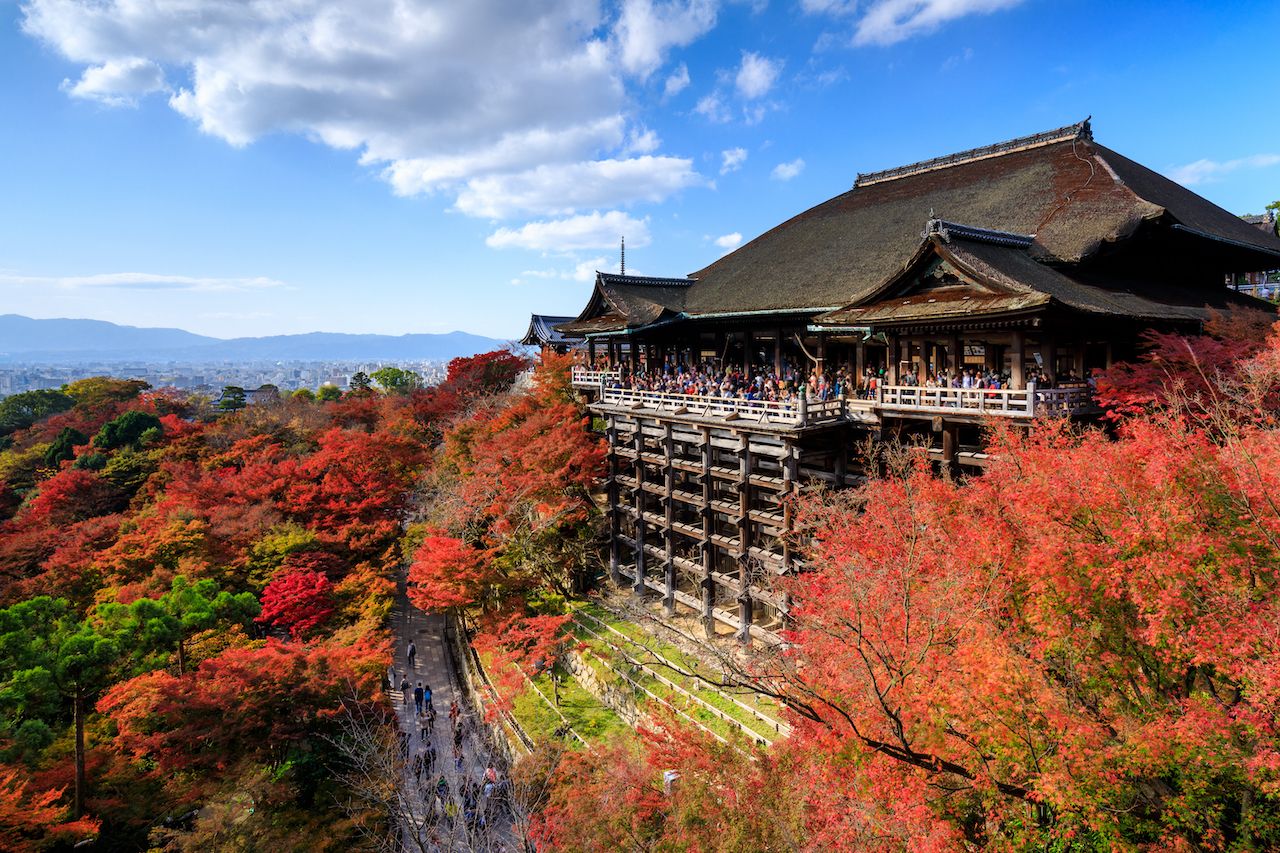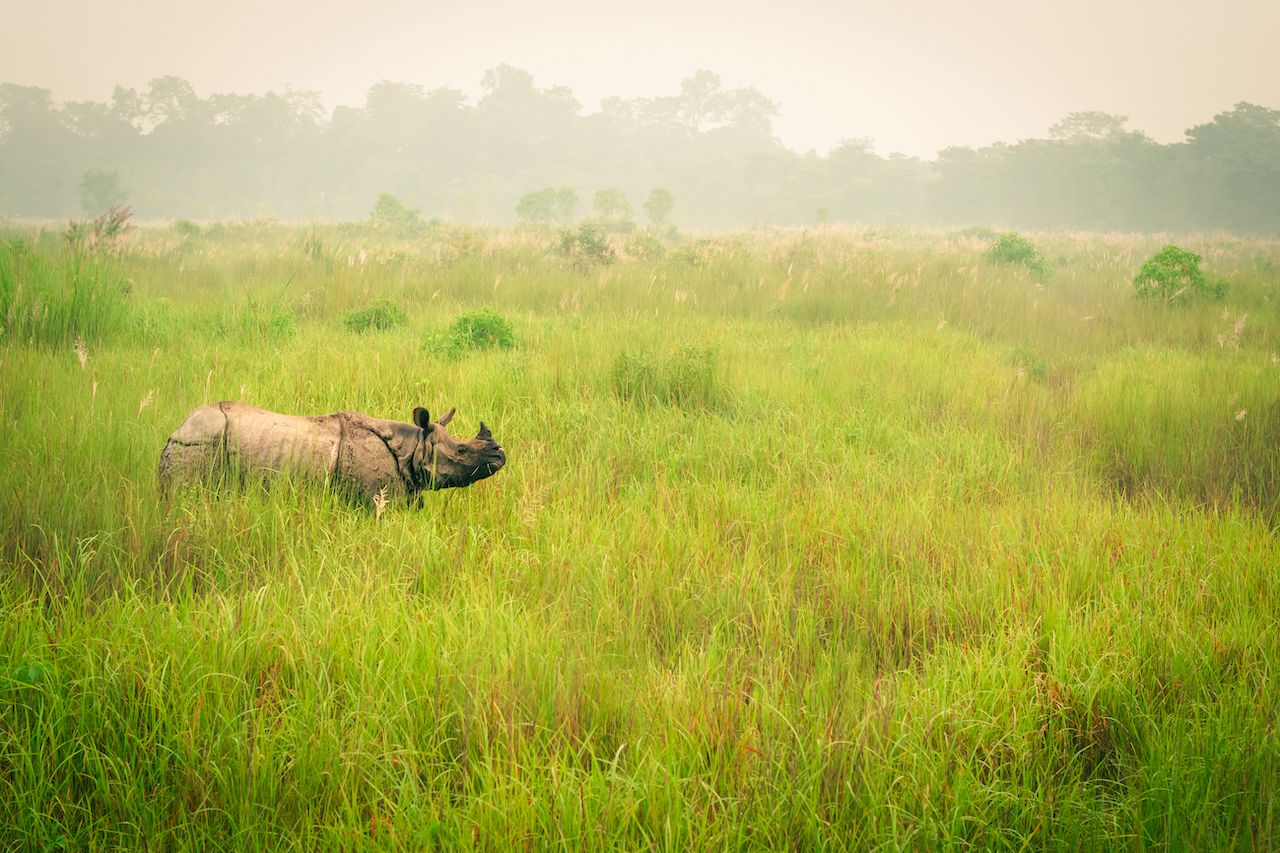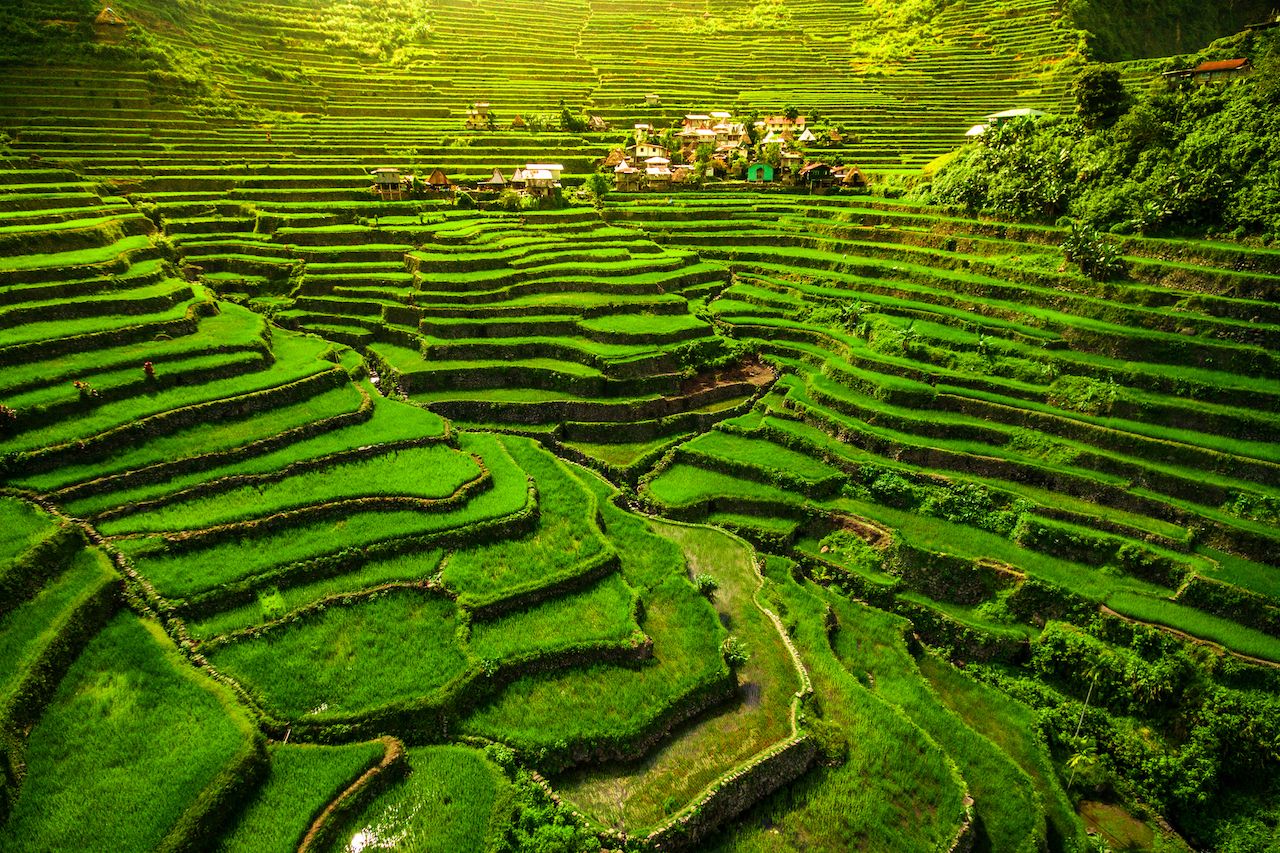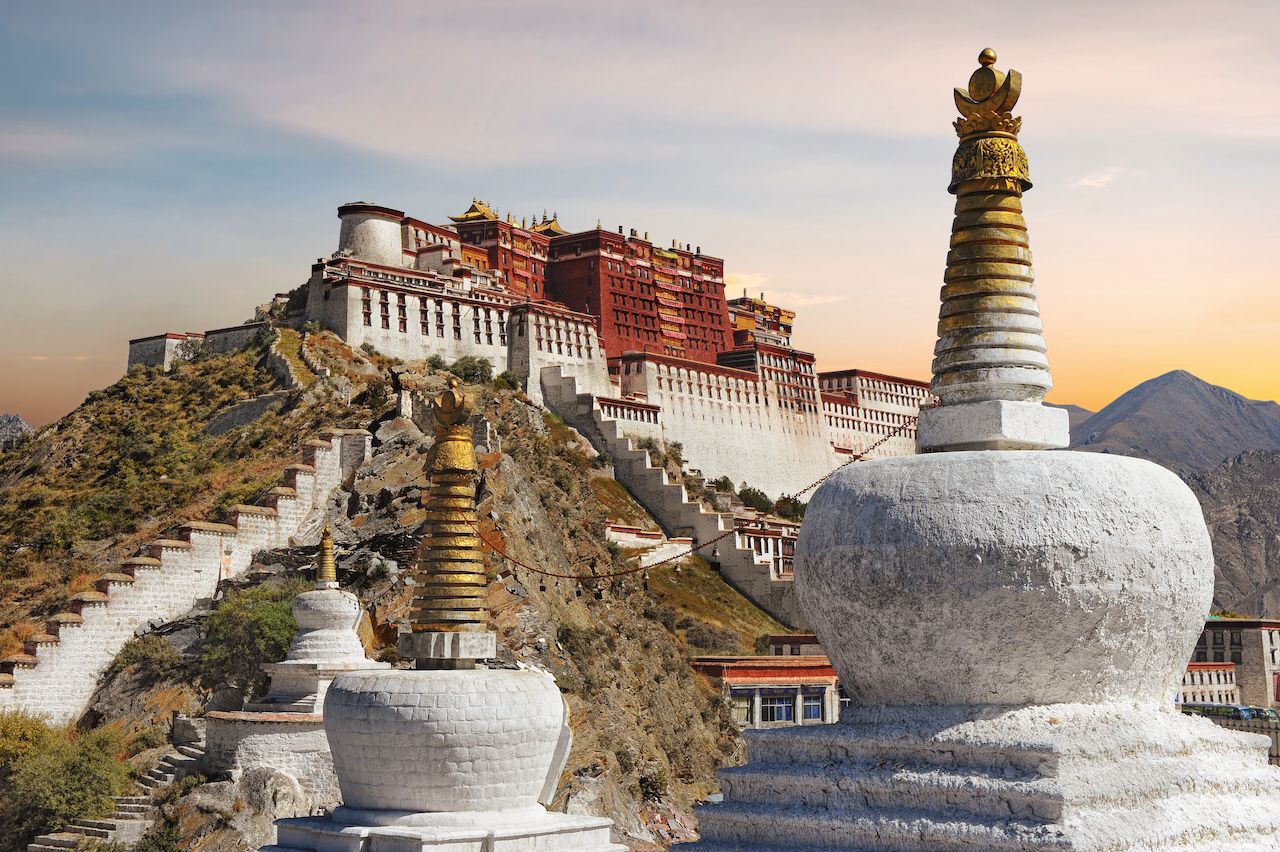1. Huang Shan (China)
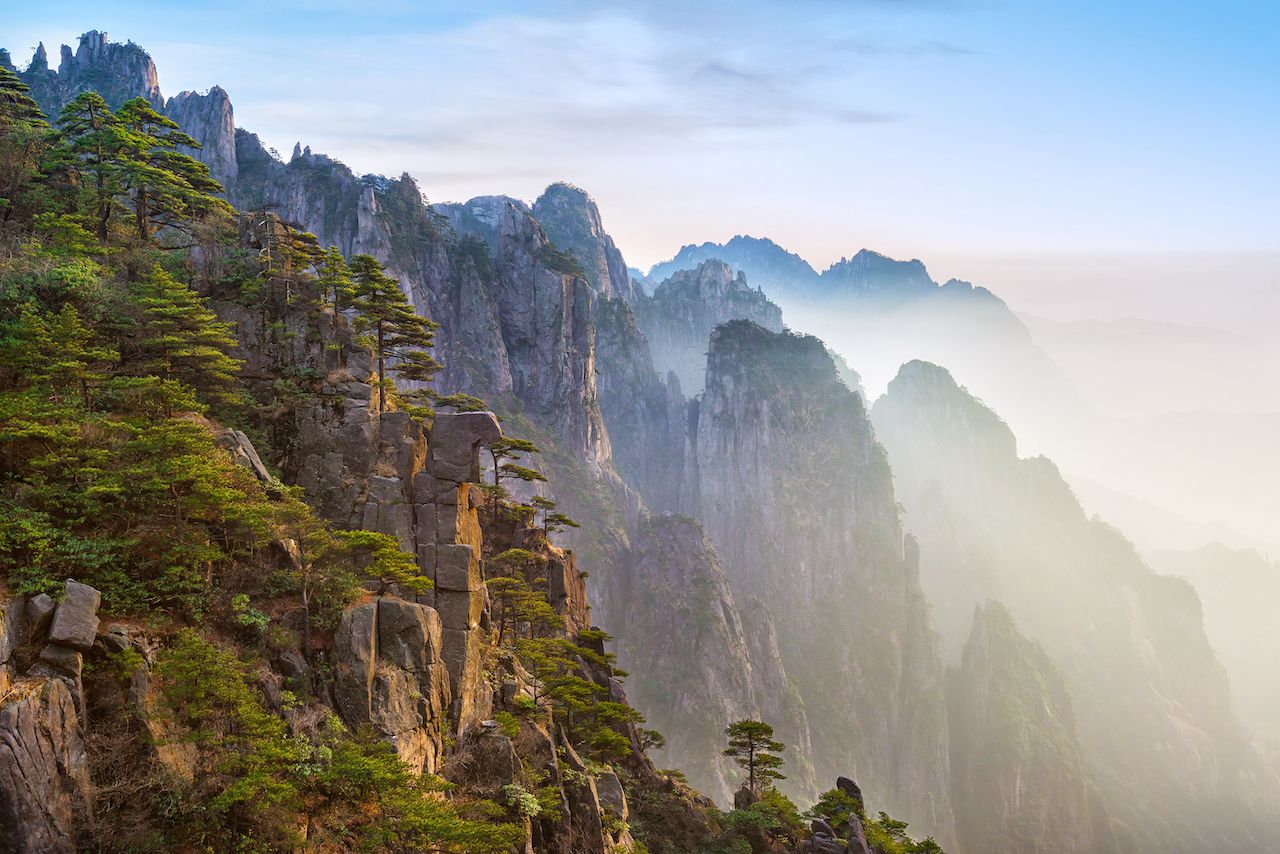
Photo: Hung Chung Chih/Shutterstock
Huang Shan, or the “Yellow Mountain,” is one of China’s major tourist destinations. The area’s granite peaks rise out of the forests and clouds, creating a scene reminiscent of an ancient Chinese landscape painting.
More than 50 trails and several cable cars allow travelers to explore the mountains and climb to various peaks, and many visitors spend the night in guesthouses on or near the mountain summits to see the sun rise over this incredible range.

